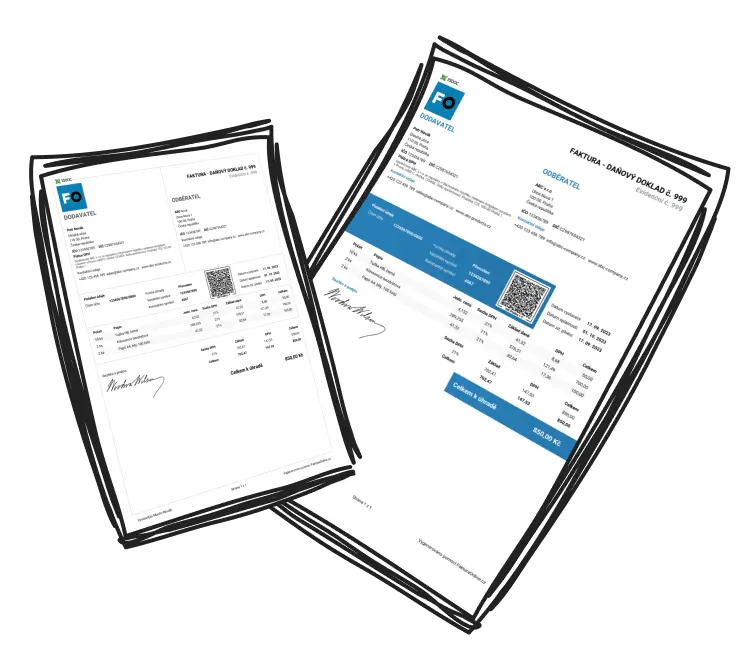Employee satisfaction metrics are crucial tools that evaluate the levels of employee contentment and engagement in their job roles. These metrics provide valuable insights into aspects like company culture, leadership, work-life balance, and opportunities for growth. By utilizing methods such as surveys, feedback forms, and performance reviews, businesses can analyze factors affecting employee morale. Examples include satisfaction metrics, Net Promoter Score (eNPS), and turnover rates. Tracking these allows organizations to understand workplace dynamics and address concerns before they escalate.
Why Are Employee Satisfaction Metrics Important?
Monitoring employee satisfaction metrics is essential for keeping a satisfied workforce, thereby enhancing overall business operations. Satisfied employees are more productive, loyal, and motivated to contribute to the company's success. Conversely, unhappy employees may lead to increased turnover, reduced morale, and financial loss. By identifying issues early, companies can improve workplace culture and prevent costly problems.
Businesses with high employee engagement are 21% more profitable, according to Gallup research.
How Can Businesses Track Employee Satisfaction Metrics?
Tracking employee satisfaction metrics can be straightforward. Here are three key strategies businesses can adopt:
Use Employee Surveys: Begin with annual surveys to capture comprehensive insights into areas like job satisfaction and leadership. Expand with short pulse surveys to track trends regularly.
Facilitate Feedback: Conduct one-on-one meetings and establish anonymous feedback channels so employees feel safe sharing opinions without fear of judgment.
Leverage Technology: Use platforms like Qualtrics or BambooHR to analyze and track trends in engagement metrics over time, providing actionable insights.

Tip
Use pulse surveys to regularly gauge employee morale and respond quickly to concerns.
What Are the Most Effective Employee Satisfaction Metrics Every Business Should Monitor?
These key employee satisfaction metrics offer a comprehensive insight into organizational well-being:
Employee Net Promoter Score (eNPS): Measures how likely employees are to recommend their workplace, reflecting loyalty and cultural positivity.
Turnover Rate: Indicates employee retention; higher turnover often signals unresolved job dissatisfaction.
Absenteeism Rate: High absenteeism could point to burnout or disengagement.
Work-Life Balance Ratings: Evaluates whether employees feel supported in maintaining a healthy balance between work and personal life.
Employee Engagement Score: Captures emotional investment and commitment to the company’s goals.
Growth & Development Opportunities: Measures how employees view personal and professional growth within the organization.
Onboarding Feedback Metrics: Reviews the experiences of new hires, as poor onboarding can lead to early turnover.

What is eNPS?
Employees rate their workplace on a scale of 0-10. Scores of 9-10 are “promoters,” while 0-6 are “detractors.” The formula: Promoter % - Detractor % = eNPS.
How Do Employee Satisfaction Metrics Impact Business Performance?
Strong employee satisfaction metrics are fundamental to achieving robust business outcomes. They are more engaged, collaborate better, and produce higher-quality work. This leads to improved customer interactions, innovation, and reduced absenteeism. On the flip side, poor satisfaction metrics—like a high turnover rate—drive up recruitment costs and hurt team morale.
Focusing on employee satisfaction not only creates a positive work environment but also ensures long-term business success. Tracking the right metrics will empower businesses to act proactively, reducing risks and fostering growth.


